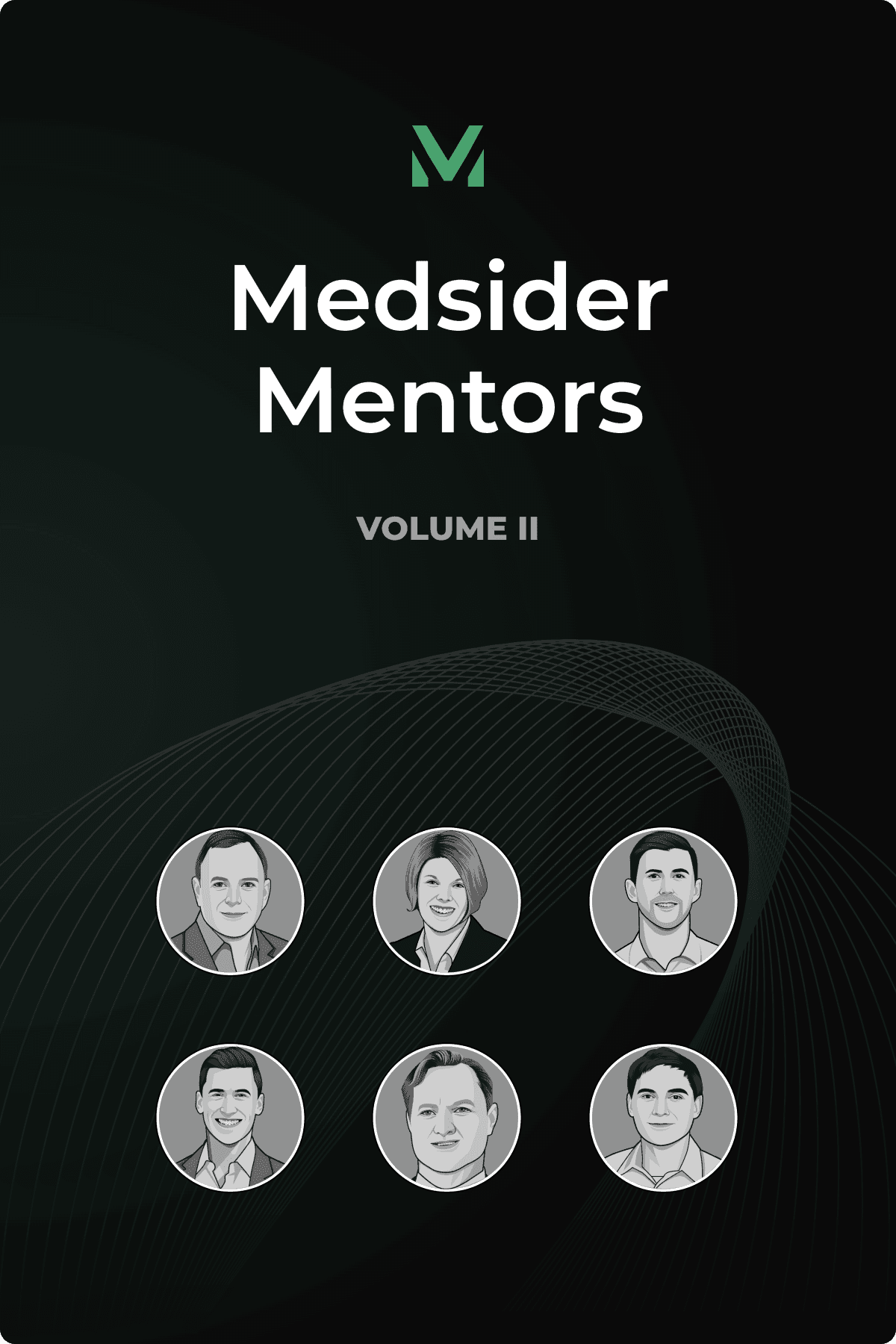Defying Boundaries in Medtech
Interview with Pixium Vision CEO Lloyd Diamond

Lloyd Diamond, the seasoned CEO at the helm of Pixium Vision, has had a high-profile career trajectory that spans both biotech and medtech. Lloyd’s experiences from New York to Europe have provided him with invaluable insight and skills that he’s now applying at Pixium.
When he moved to Europe in the early '90s, Lloyd worked as a consultant for various life science companies eager to penetrate the burgeoning European markets. This experience allowed him to rub shoulders with exciting startups and large multinationals, laying the groundwork for his future endeavors.
Upon returning to the US, Lloyd joined the ranks of strategic medtech and biotech companies like Bristol Meyer Squibb, Zimmer, and Conmed. The defining chapter of his career, however, began once he migrated to Silicon Valley, where he was involved with companies at the forefront of innovation like Kyphon and LaserScope, each of which made considerable strides in the medtech space and eventually pulled off successful exits.
In 2019, Lloyd took the reins at Pixium Vision, a French microcap public company that stands at the forefront of medical technology and is developing a groundbreaking retinal implant system for patients suffering from advanced dry age-related macular degeneration (dry AMD). In short, the company is merging neuro-stimulative devices with augmented reality to create a visual experience for the patient.
This sci-fi-like technology might sound experimental, but it’s already in use. Pixium Vision has already implanted its retinal implant in 50 patients across the US and Europe and published clinical data supporting its efficacy.
Today, the clinical-stage company has three ongoing trials and has received a breakthrough device designation from the FDA. All this promises a brighter future for patients suffering from advanced dry AMD and paves the way for even more groundbreaking developments in the medical device space.
Under Lloyd’s leadership, Pixium Vision continues to strive toward its mission of creating a viable solution for blindness, and Lloyd's journey is a testament to the powerful impact of technology-driven solutions in healthcare.
Key Learnings From Lloyd’s Experience
In the unpredictable world of startups, an agile and lean team that can wear multiple hats is a priceless asset. Tapping into academic ecosystems is one way for cost-effective R&D and talent discovery.
To survive the stressful process of earning regulatory approval, acknowledge its complexity, anticipate delays, and consider the reimbursement landscape early on.
Fundraising is more than just securing capital; it’s about cultivating relationships with investors that align with your vision. Treat capital raising as a unique opportunity rather than a tedious necessity.
You May Like These Articles
Medsider Premium
Become a premium member and unlock access to exclusive Medsider benefits.



